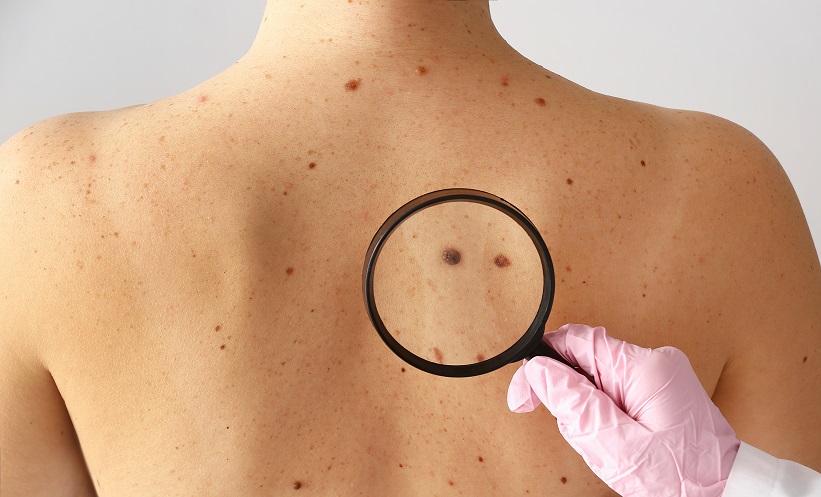A new study uncovers how melanomas can arise from minimal genetic changes, shedding light on the early, often elusive steps in skin cancer progression. Researchers found that a single mutation in the Braf gene, common in human melanomas, can, under rare conditions, initiate tumor formation in mice without additional genetic alterations.
While most melanoma models require multiple mutations to induce fast-growing tumours, this research focused on albino mice carrying only an activated Braf gene. Surprisingly, these mice occasionally developed slow-growing melanomas, even in the absence of a second common mutation like PTEN loss. The sporadic nature of tumor formation suggests a stochastic, or random, biological event triggers progression, but whole-genome analysis failed to identify new mutations that might explain it.
Instead, researchers used single-cell transcriptomics to identify a rare cell population resembling “neural crest-like” cells, primitive precursors found in both healthy mouse skin and melanomas. These cells expanded after Braf activation and persisted even after the tumours were transplanted into new hosts. The findings suggest that these neural crest-like cells serve as an intermediate, pre-malignant state in melanoma development.
This slow and subtle route to cancer challenges the conventional view that multiple genetic hits are required for tumor initiation and highlights the role of specific cell states in cancer vulnerability.
By identifying these early-stage melanoma precursors, the study opens new avenues for early detection, risk stratification, and targeted prevention strategies in patients with minimal genetic risk.
Reference
Xiao H et al. Uncovering minimal pathways in melanoma initiation. Nature Communications. 2025; 16:5369.








